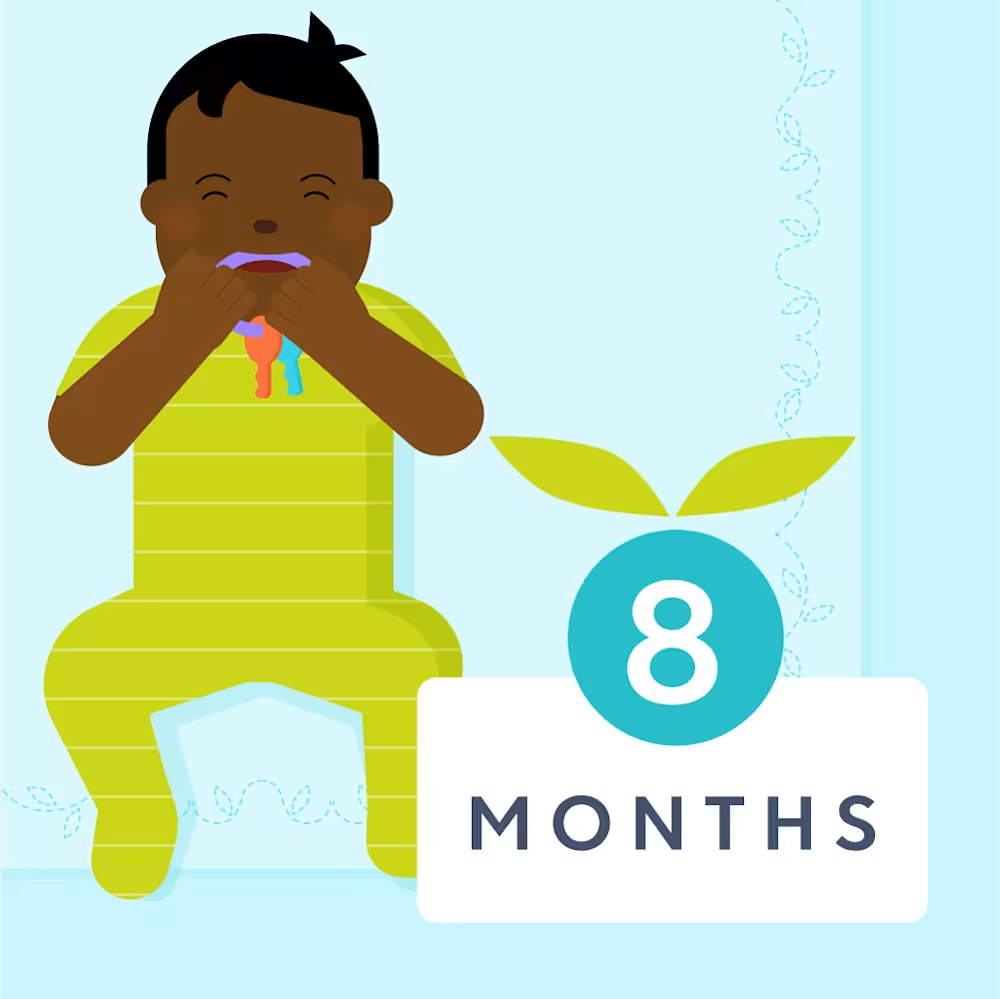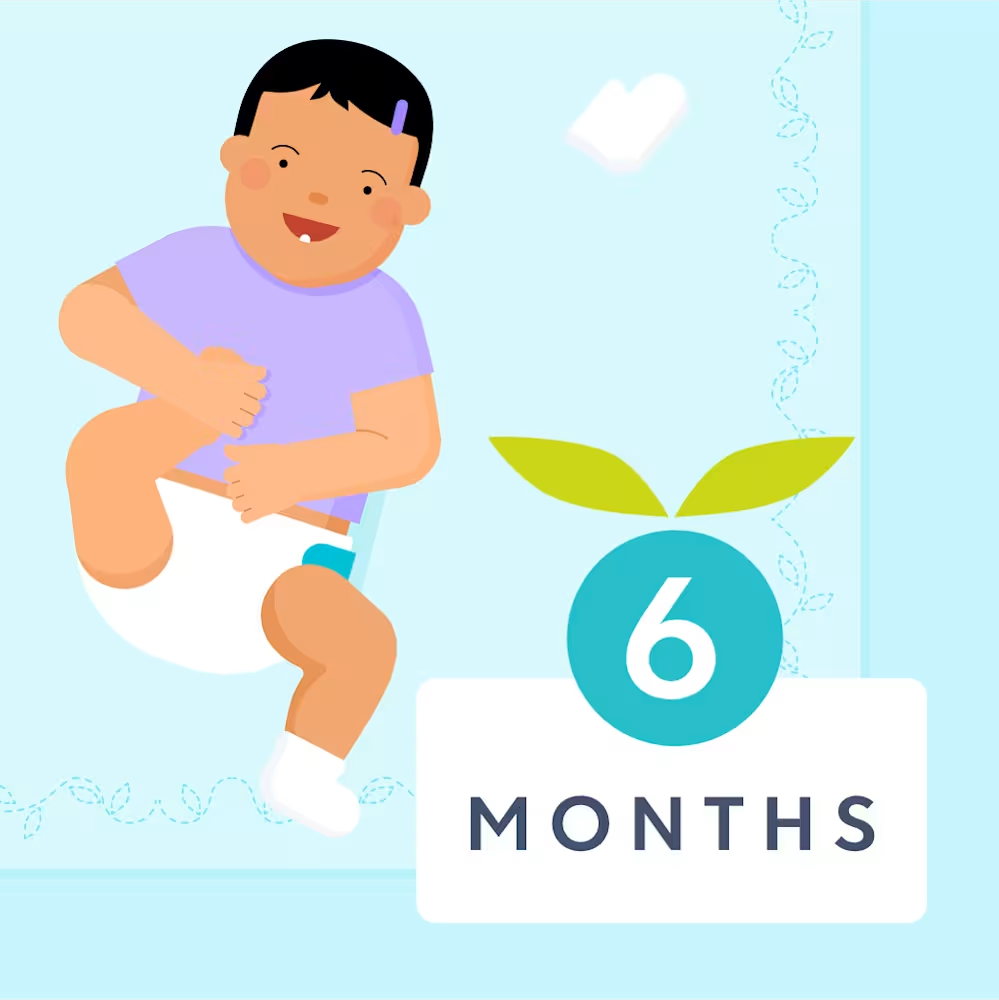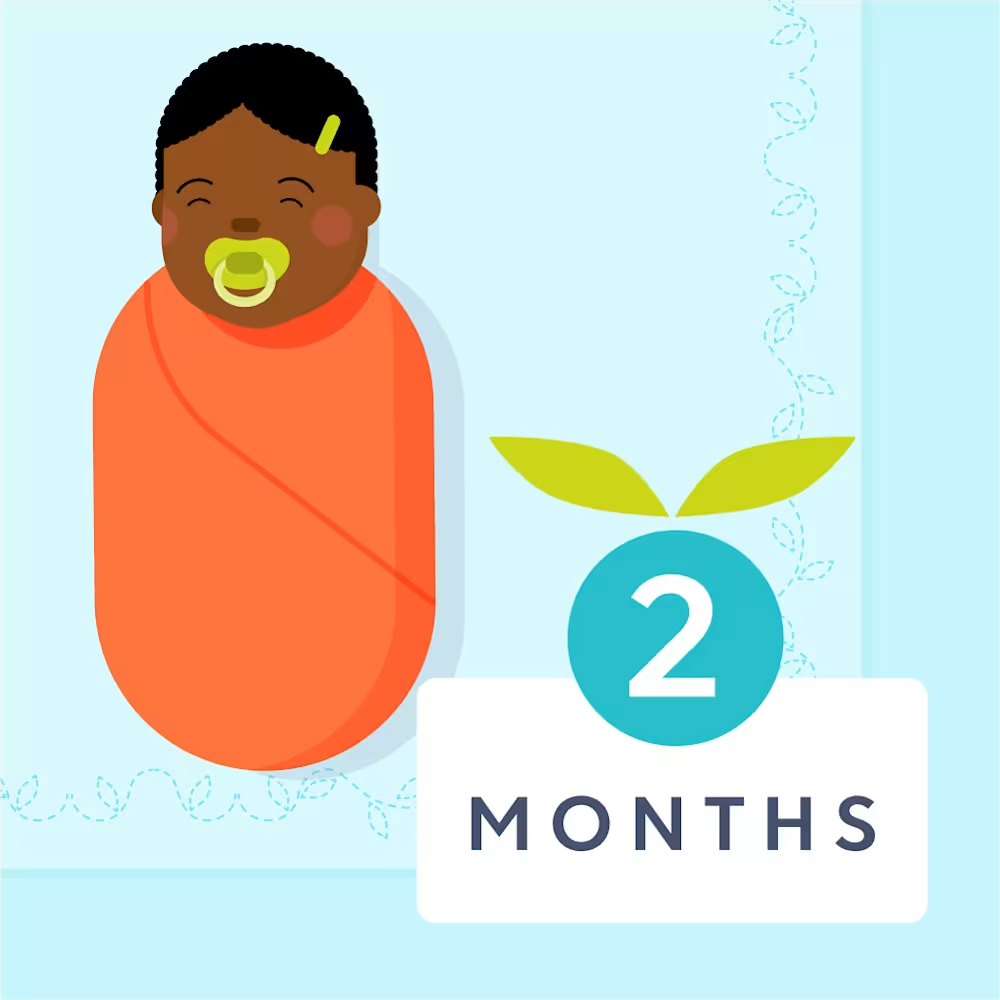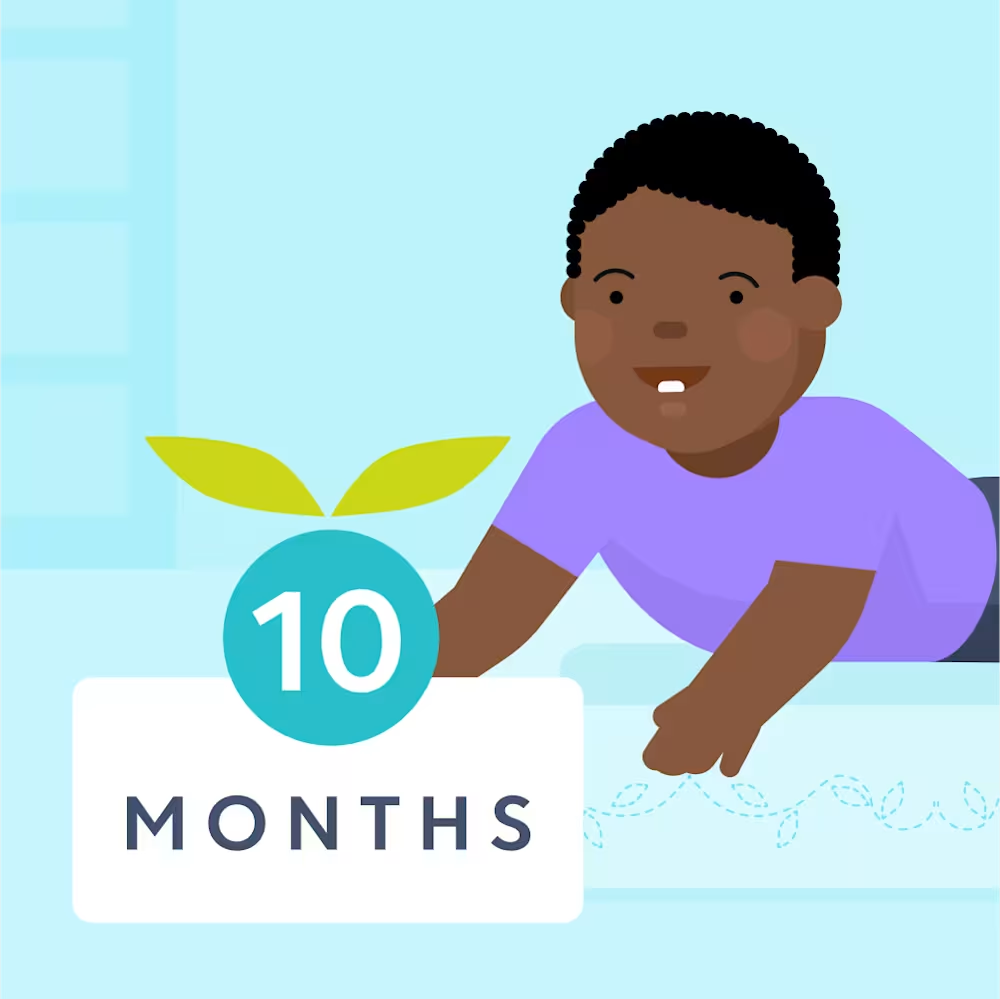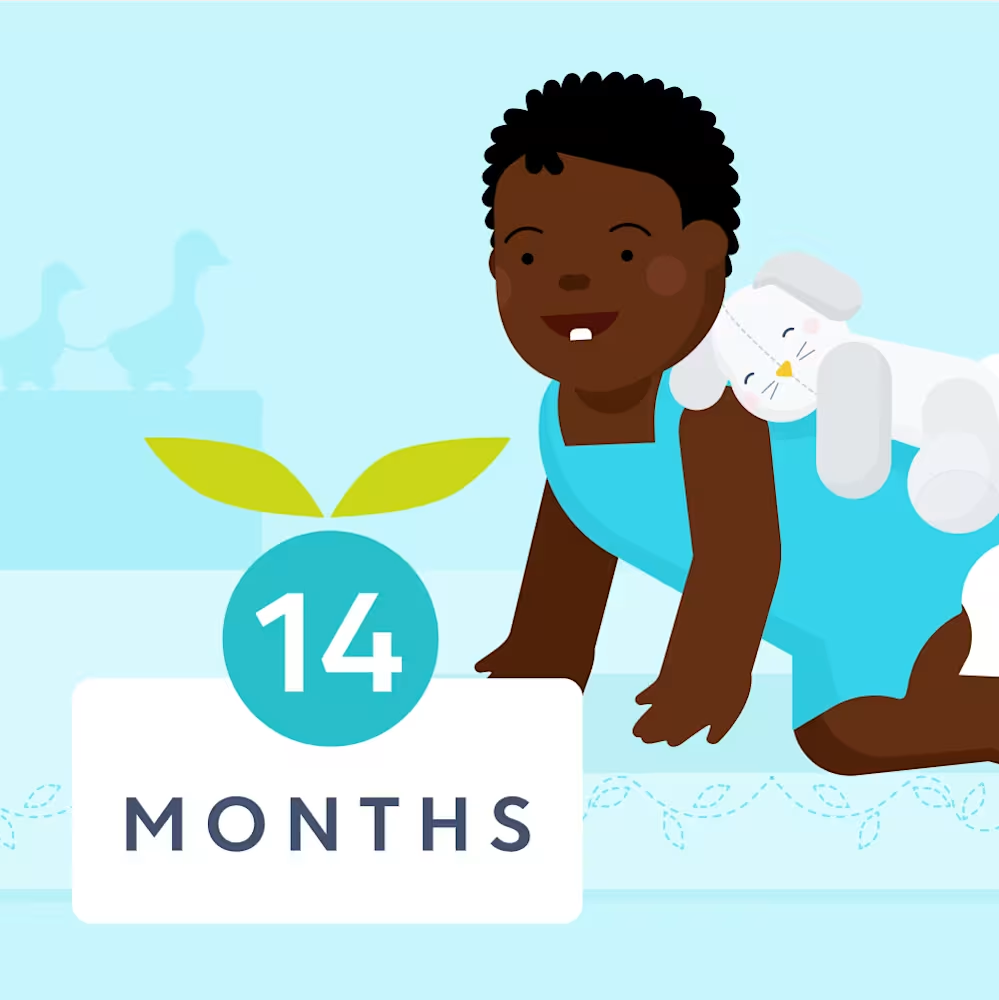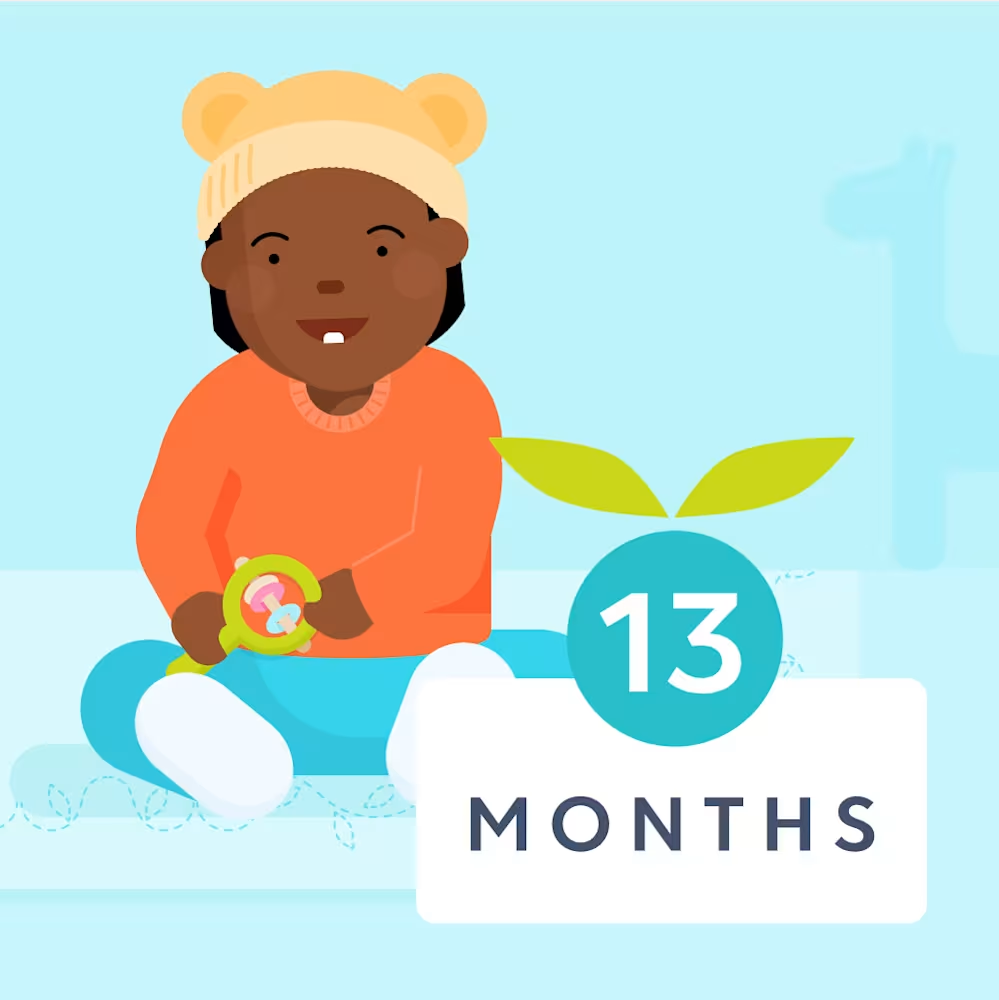Nap transitions: When they occur and how to handle them
Updated Oct 16, 2025

If there’s one cliché about parenthood that should be believed, it’s this: As soon as you get used to something, it changes. This is especially true when it comes to naps! Here’s what to expect, so you can be prepared for all the changes ahead.
What are nap transitions?
Children sleep best when they take an optimal number of naps per day, and sleeping patterns. A nap transition occurs when a child is accustomed to taking a certain number of naps per day and then drops one of those naps. This happens as children grow and are able to comfortably stay awake for longer periods in between naps. Longer wake windows = fewer naps.
There are four major nap transitions during the first three years of life or so:
(dropping naps entirely)
Editor's note
During the newborn period, babies tend to take 4 - 6+ naps a day. Since naps at that age are so irregular, we don’t always see an official 5 to 4 nap transition. Rather, we generally see the number of naps start to stabilize when a baby is regularly taking 4 naps per day.
General timeline for nap transitions
It’s important to remember that these general timelines represent average ages. There will always be children who drop naps earlier (or later) and continue to sleep really well.
At 3 - 4 months of age, we find that most babies take 4 - 5 naps per day. From there, we typically see the following pattern:
Drop to 3 naps by 5 - 6 months
Drop to 2 naps by 8 - 9 months
Drop to 1 nap by 14 - 18 months
Drop last nap between 3 and 5 years old
How long do nap transitions take?
Nap transition periods can last several weeks, as children adjust to staying awake for longer periods. Rather than suddenly dropping a nap, we often see that children will alternate between the two different nap schedules for a week or more.
For example, a common scenario would be a 7 month old who starts to resist the third nap quite a bit but will take it once or twice a week. This back and forth between two nap and three nap days may happen until the baby is ready to fully drop the nap a few weeks later. This may be frustrating for caregivers, but it’s completely normal!
Signs that it’s time to drop a nap
Occasional bumps in the sleep road will happen from time to time. But if you’re seeing any of these signs consistently, and your child’s the right age for a nap transition, you’ll want to consider dropping a nap:
Resisting naps
Is your baby playing in their crib, instead of falling asleep? Once a child starts to lengthen their wake windows, they may no longer be tired at their usual naptime. Without the right amount of sleep pressure during the day, they aren't always physically capable of falling asleep. This can lead to nap resistance and later-than-usual naps.
Skipping naps
Some kids will fight their nap but eventually fall asleep. Other times, they’ll skip the nap entirely. For babies taking multiple naps, it’s often that last nap that’s the hardest to get and can be skipped right over.
Taking shorter naps
Likewise, the lengthening of wake windows can result in short naps. This happens when a child falls asleep during the day, but the timing is off. A mistimed nap can result in insufficient sleep pressure, or an overtired child — both potential causes of short naps.
Waking early and/or having split nights
When a child continues to take more naps than they need, this tends to result in insufficient sleep pressure before bed. As a result, it’s common to see night sleep diminished. This tends to result in or split nights (where your kiddo is awake for long periods of time during the night).
To complicate matters, overtiredness from skipping naps can also contribute to early waking. If this seems confusing, we get it. Nap transition periods can leave you scratching your head wondering what to do. Keep reading — we have some tips to help you through!
Nap transition vs sleep regression
It’s no secret that sleep regressions are a hot topic in the baby sleep world. Even so, there’s no real scientific basis to support the idea that all babies experience at certain periods. Sleep can regress for a variety of reasons, at any age.
That said, it's common for sleep patterns to change during nap transitions. Children often fight or skip naps, have increased night waking, and/or wake early as they get used to staying awake for longer periods of time during the day.
So the age ranges for dropping a nap line up with the common “sleep regression” age ranges of , , and . Nap transitions often (but don’t always) contribute to new sleep challenges at these ages.
4 tips to help baby get through a transition
1. Consider longer wake windows
As babies grow, their wake windows grow, too. It can be tempting to immediately drop a nap as soon as your child starts resisting sleep at their normal naptime. But dropping a nap too early can lead to overtiredness — and that can contribute to night waking and early rising.
Instead, use a gradual transition to help limit overtiredness. Many kids will sleep better with extended wake windows and a shorter night, especially if they’re on the young side to drop a nap or get overtired easily.
Before dropping the nap entirely, try extending their wake windows by 15 - 30 minutes first. This means that nights might temporarily be shorter than usual. That’s usually OK, as long as they’re getting at least 10 hours of sleep at night.
2. Aim for an earlier bedtime
Once a child drops a nap, they'll typically need an earlier bedtime. Although some overtiredness is unavoidable as a child gets accustomed to staying awake for longer periods, an earlier bedtime can help limit it. We usually find that night sleep lengthens after dropping a nap.
3. Spread out the remaining naps
Once a nap is dropped, you’ll want to lengthen the awake time between the remaining sleep periods so there isn’t an overly long period of awake time before bed. That can lead to overtiredness — and all of the sleep issues that come with it.
4. Offer an extra nap 1 - 2 times a week
When it comes to nap transitions, flip-flopping is OK. Really. Alternating between two different nap schedules (e.g., one nap several days in a row, then two naps, then back to one nap) for a week or more can help children gradually adjust to the change. This unpredictability is often tough on parents, but it’s only temporary.
Nap transitions FAQ
Share article:
Note: The content on this site is for informational purposes only and should not replace medical advice from your doctor, pediatrician, or medical professional. If you have questions or concerns, you should contact a medical professional.







